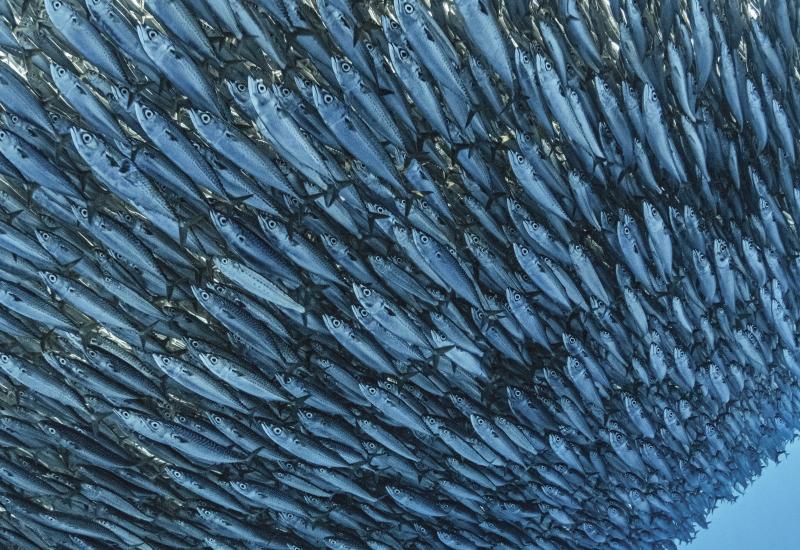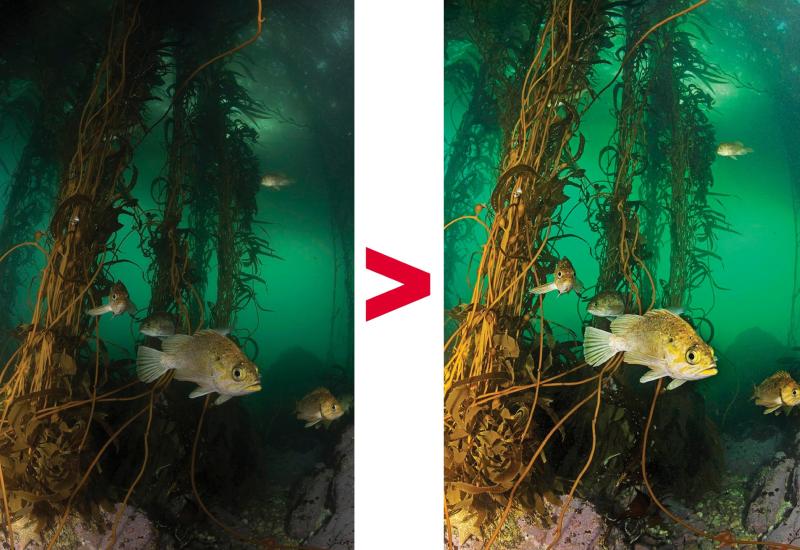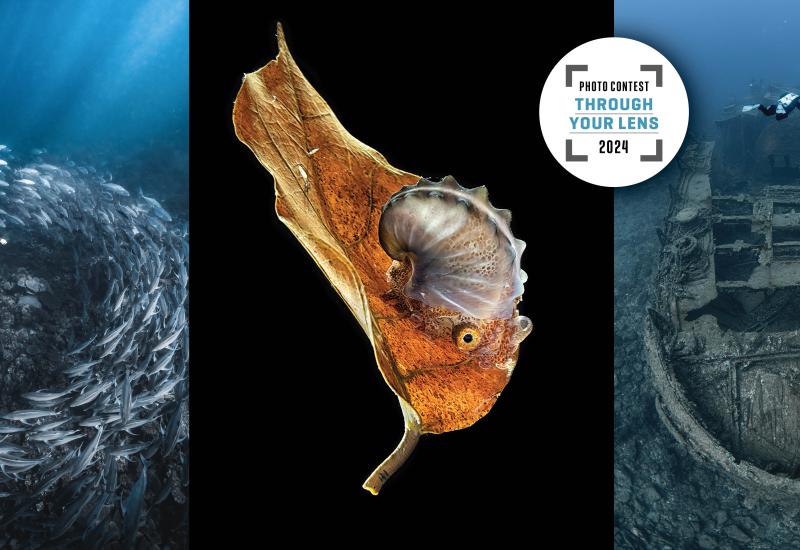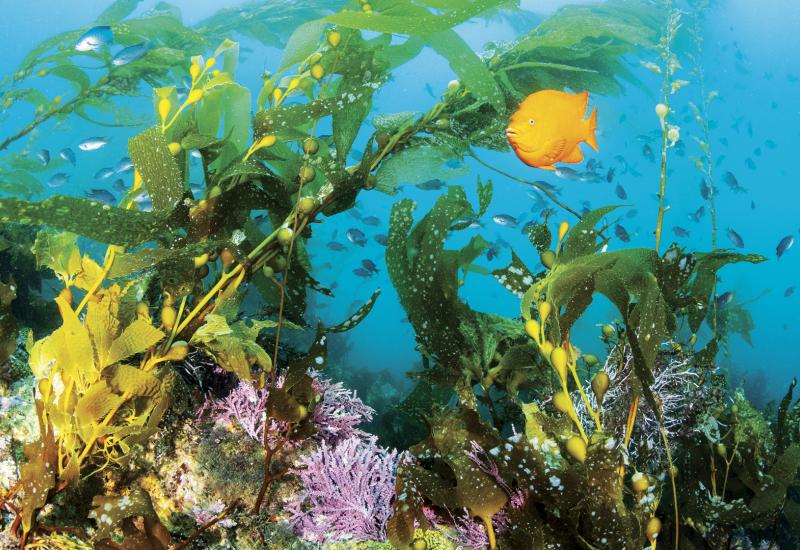Critters on Critters: A Photographer's Guide to Looking Closer
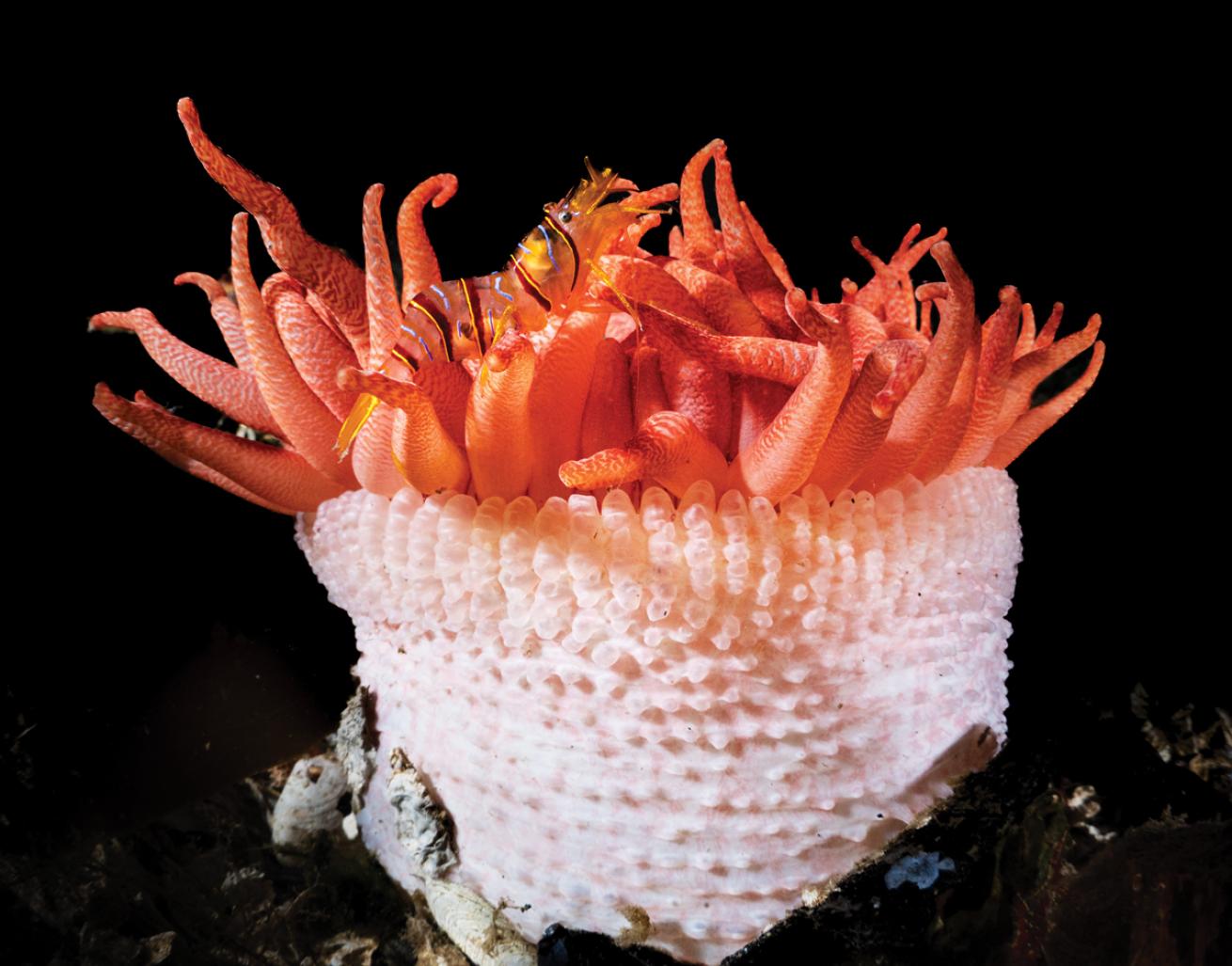
Patrick WebsterA candy-striped shrimp (Lebbeus grandimanus) on a crimson anemone (Cribrinopsis fernaldi).
“Great fleas have little fleas upon their backs to bite ’em, And little fleas have lesser fleas, and so ad infinitum. And the great fleas themselves, in turn, have greater fleas to go on; While these again have greater still, and greater still, and so on.” —Augustus De Morgan, 1872
Don’t mean to alarm you, but if you’re reading this—and there’s a good chance that you are—you, dear Reader, are, in fact, a home world for untold multitudes of microscopic beings.
“Spaceship You” hosts a vibrant community of hitchhikers, the easiest to digest being the diversity of gut flora that turns food into fuel for your internal combustion engine, a personalized analog to the symbiotic algae powering the world’s reef-building corals with builtin zooxanthellae solar panels.
Recommended Reading: Scientists Discover Surprising News About the Fate of Coral Reefs in the Tropical Pacific Ocean
Yet, while it’s easy to love our intes-teenie titans, most of us might get a little queasy remembering the eyelash mite minions reading this sentence along with you, nestled comfortably in your facial pores.
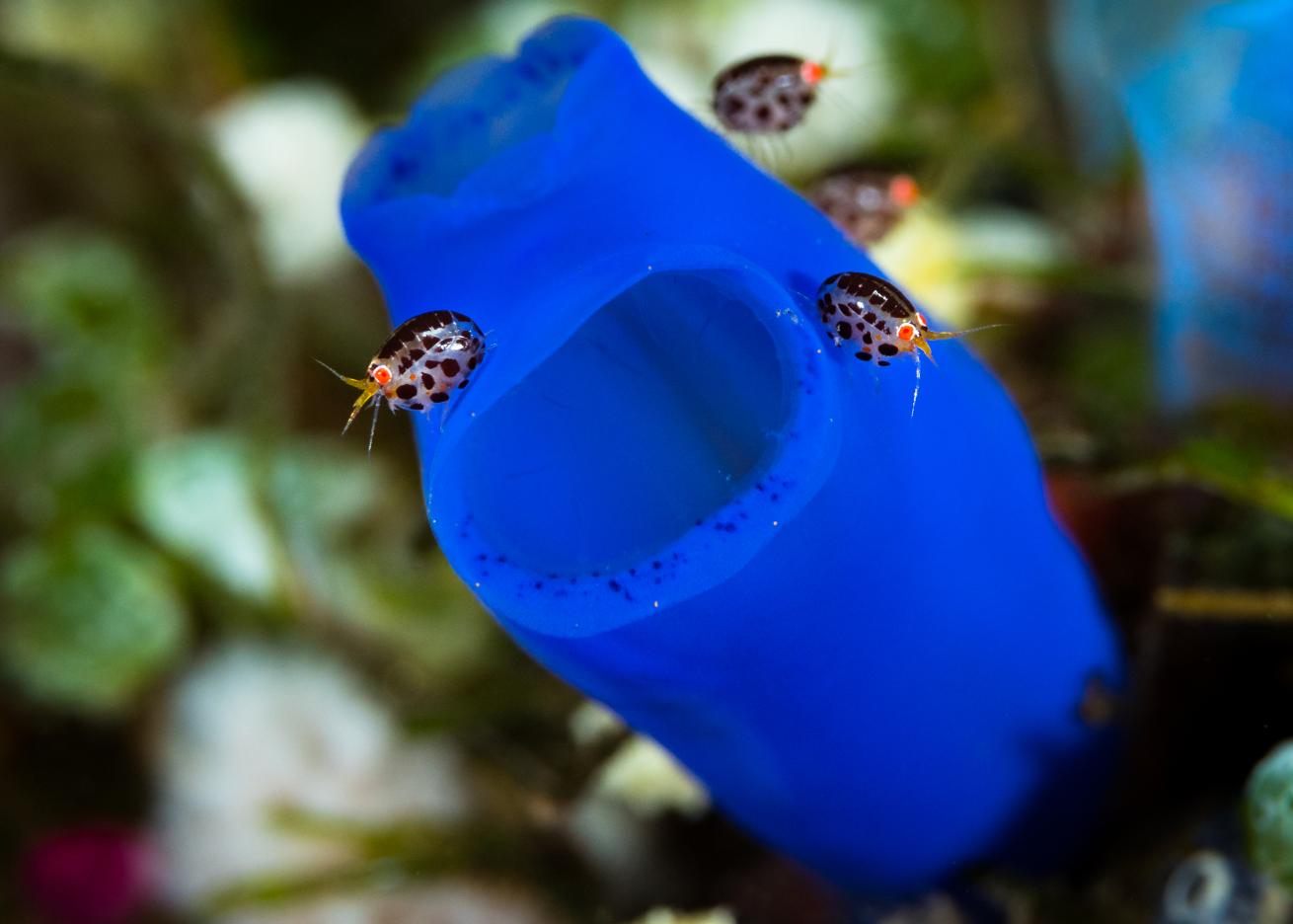
Patrick WebsterA host of tiny ladybug amphipods (family Cyproideidae) cozy up to a vibrant blue tunicate in Bali, Indonesia.
Wait! Don’t go doing anything rash. They’re just enjoying the view from you! You’re a great person and habitat; it’s a compliment!
Let’s face it—literally or otherwise—it’s reasonable for us humans to be uncomfortable with the idea of being a ZIP code for other life forms. Leave that to the trees! But if we were ocean-based, where even the mighty kelp forests find their reefs mostly covered in animalia regalia, we’d likely get over the heebie-jeebies to our creepy crawlies with relative ease. Just as there is life from seafloor to sea ceiling, ocean organisms often function as critter bed-and-breakfasts, with guests ranging from mutual mates to comfortable commensals to pesky parasites.
On this latter front, we humans are possible hosts for three types of louse—head, body and pubic, if we’re nitpicking (a “nit” is a louse egg case, neat!). Uncomfortable, yes, but also embarrassing when you consider that the common ocean sunfish, mola mola, is a known host to more than 80 species of parasites living on, in and under its skin.
Take a closer look at some of your favorite photos. There’s a good chance they’ll reveal a plethora of piscine parasites hiding in the pixels: copepod tails trailing from shark fins, ignoble isopods at the tip of clownfish tongues, or lunching leeches latched onto kelpfish eyeballs. Yeesh!
Thankfully, it’s not all blood-curdling horror in the Crittersphere. Far from it! Many a host receives some form of compensation—housekeeping, fertilization and protection are common. But often, as with our mighty mites, simply existing makes you a platform for relatively unobtrusive life to cling to. In the infinite midwater, open-ocean animals become a welcome ride-share for animals at all stages of life: colonies of jellyfish-producing hydroids blooming on the backs of pelagic snails, species-specific barnacles vagabonding with the great whales, and female paper nautili—a type of octopus—taking a breather atop meandering, menacing medusae.
Recommended Reading: 10 Amazing Animals Only Scuba Divers Can See
Many species start life as planktonic warriors, finding safe harbor on, in and around other more imposing beings until they grow into their own—and in a bit of ecological ledger-balancing, many established previous-plankton become a primer for speciation.
Any of you current or soon-to-be critter hunters out there know the thrill of finding that specific animal that, should you spend enough time letting your eyes adjust to this new worldview, will yield the discovery of the critter-atop-critter, that other being that has put all of its evolutionary eggs in the (often nasty) basket of some other beast.
Perfectly camouflaged pygmy seahorses with polyp-polka-dot attire hiding in the branches of a soft coral, ornate shrimps tucked between the venomous barbs of a tropical crown urchin or bustling about the base of a cold-water anemone, or even adorable ladybug amphipods perched atop a blue tunicate like delicate ornaments atop a Smurfing tree.
Recommended Reading: How to Take Beautiful Seahorse Photos
In our atmospheric world, where plant life dominates the 3D landscape, these same dynamics create the leaf-looking mantis, the tiger’s tall-grass camo stripes, and the great horned owl’s perfect plumage for a bark backdrop. The magic of the microcosmos is always there for the contemplating, and diving helps remind me of that availability— that I should pack my hiking and dive bag with a magnifying glass, and that even if I’ve done this same dive a hundred times, I should sit in one place long enough to see the full cast of characters in, on and around the higher-billed players. Because the ocean is a place where your home planet could be a starfish, shining brightly as you become a world unto yourself.

